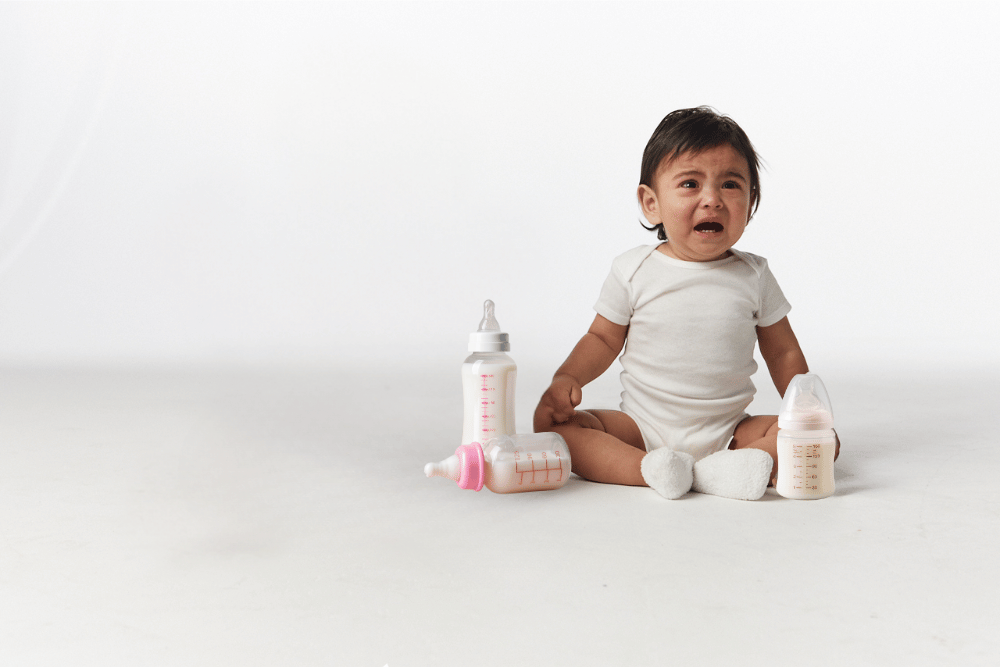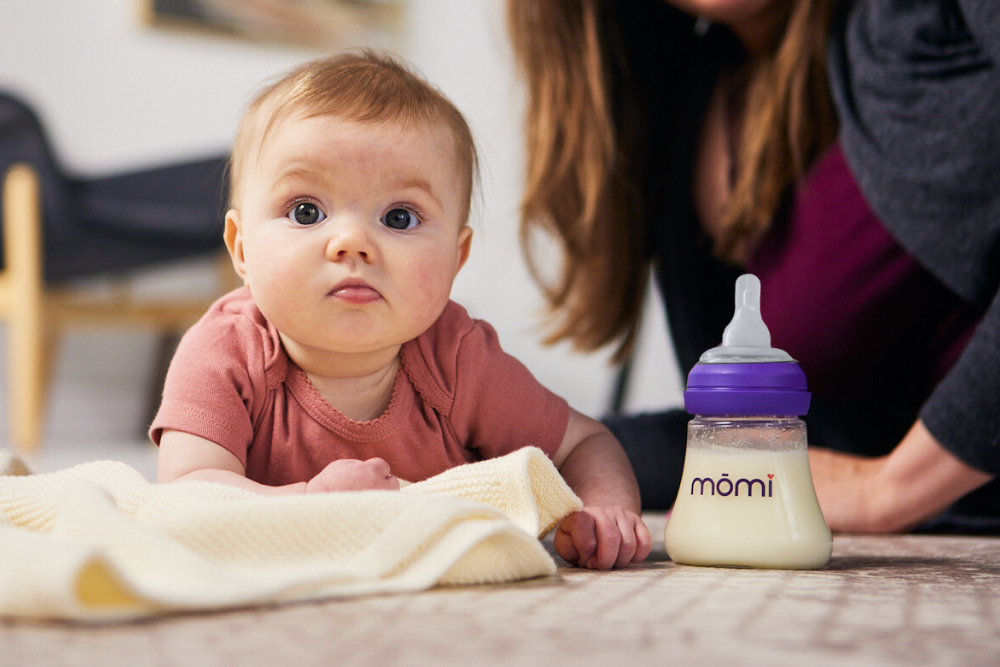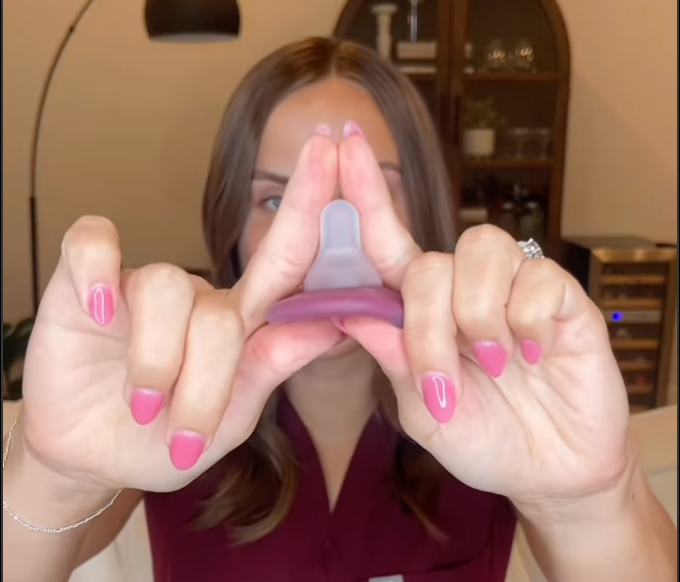Picture this: it’s a rainy Sunday afternoon, and you’re cozy by the fire, enjoying a warm cup of coffee. Your baby is taking their longest nap to date, and you are wrapping up the 500-piece puzzle you’ve been working on since you were 23 weeks pregnant. Victory is almost yours! But then you realize the final few pieces of your victory puzzle are missing. You’ve searched everywhere, and they’re nowhere to be found, leaving you feeling disappointed, frustrated, and defeated. That puzzle you spent hours working on will never be completed until your find and place those last two pieces.
You may be wondering what on earth this experience has to do with bottle feeding a baby. The answer is everything.
In this article we will seek to understand two elements of bottle feeding that are often forgotten. They aren’t as popular as bottle selection, choosing who will be the feeder, or how hungry a baby should be. However, these two components are as significant of a piece of the ‘bottle-feeding puzzle’ as any of the former items listed. And when they are forgotten or ignored, it leaves the ‘bottle-feeding puzzle’ impossible to complete and your exclusively breastfed baby ‘refusing a bottle’.
To understand puzzle piece #1, let’s start with an activity:
Look up at the ceiling, and while you’re looking up, swallow. No seriously! Stop reading, look up at the ceiling and swallow.
Did you hear the loud audible gulp? Did you feel how difficult it was for your body to successfully swallow? That is because your body was out of alignment. Alignment refers to the position your body is in space. Ideally, we position and use our body in alignment. When we do, our body functions smoother, more efficiently, and more effectively. Not to mention, we are more comfortable!
How does alignment impact your baby’s ability to bottle feed? Imagine if their head is rotated right and their shoulders rotated left while you’re trying to feed them. Or picture them in the same neck extension position you just experienced! This malalignment will make feeding so much more difficult for them. Not only will each individual swallow require more effort and compensation, leading to more rapid fatigue, but their likelihood of coughing or choking is higher! And if they’re uncomfortable, it’s safe to say they’ll squirm around incessantly or even cry to let you know.
So how can you ensure your baby is in alignment for feeding? Every time you breast or bottle feed your baby, make sure your baby’s ears are in line with their shoulders and their shoulders are in line with their hips. ‘Ears, over shoulders, over hips’ ensures great alignment.
To understand puzzle piece #2, let me ask you a question: Would a teacher be more effective teaching first graders addition and subtraction through an interactive demonstration, taking away or giving each student their favorite snack, or by writing out standard questions and numbers on a chalkboard?
Assuming these first graders don’t love sitting still like an alligator in the sunshine, my guess is you’re thinking ‘Demonstration with snacks, duh.’
The reason a first grader is more likely to understand the concepts of addition and subtraction when it is demonstrated using snacks is because their teacher utilized techniques that made the learning developmentally appropriate and easy! The same thing applies to feeding techniques you will use during bottle feeding. They need to be developmentally appropriate and make feeding as easy as possible!
If you’ve experienced bottle feeding struggles, ask yourself these questions about how you are feeding your baby…
- How are you holding the bottle? Is it providing stability for your baby?
- How is the bottle positioned in your baby’s mouth? Is it in the right position to facilitate a sucking reflex?
- How do you respond when your baby thrusts the bottle out of his or her mouth?
- How do you avoid your baby gagging on the bottle nipple, and how do respond if he or she gags?
- How and when do you burp your baby? Are you strategic on this timing to ensure you aren’t interrupting motor learning?
Here is one tip to ensure you are using optimal feeding techniques. When you position the bottle in your baby’s mouth be sure to aim ‘up and in’ their mouth. Try to stay out of the way of the tongue and rest the bottle on the roof of your baby’s mouth. If your baby’s sucking reflex hasn’t completely integrated, or gone away, this position naturally triggers that reflex to kick in. This will help your baby make that automatic sucking response they need to start the process of learning.
If you feel like you’ve tried everything and continue to struggle to incorporate bottles with your exclusively breastfed baby, reflect on your baby’s alignment with feeding and the specific feeding techniques you use. Perhaps there are a few minor tweaks you can make that change the entire feeding. Remember, if a pilot changes trajectory by just 1° for only 1 mile, the difference in flight paths is almost 100 feet. Small changes can make huge differences, especially in feeding your baby!
Shannon Usher, MSOT, OTR/L, CNT, NTMTC, is a certified neonatal occupational therapist specializing in infant feeding and development. She is the creator of Bottles on Purpose©, an online training and 3-day guided experience helping exclusively breastfed babies successfully incorporate bottles. Shannon also owns Peaceful Infant and supports families and babies locally in Augusta, GA.




